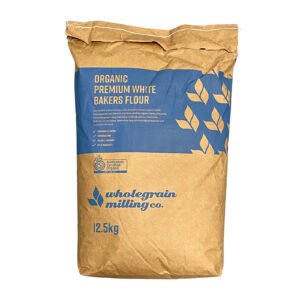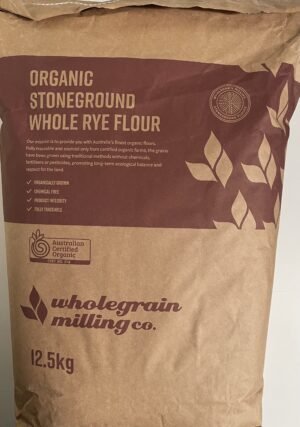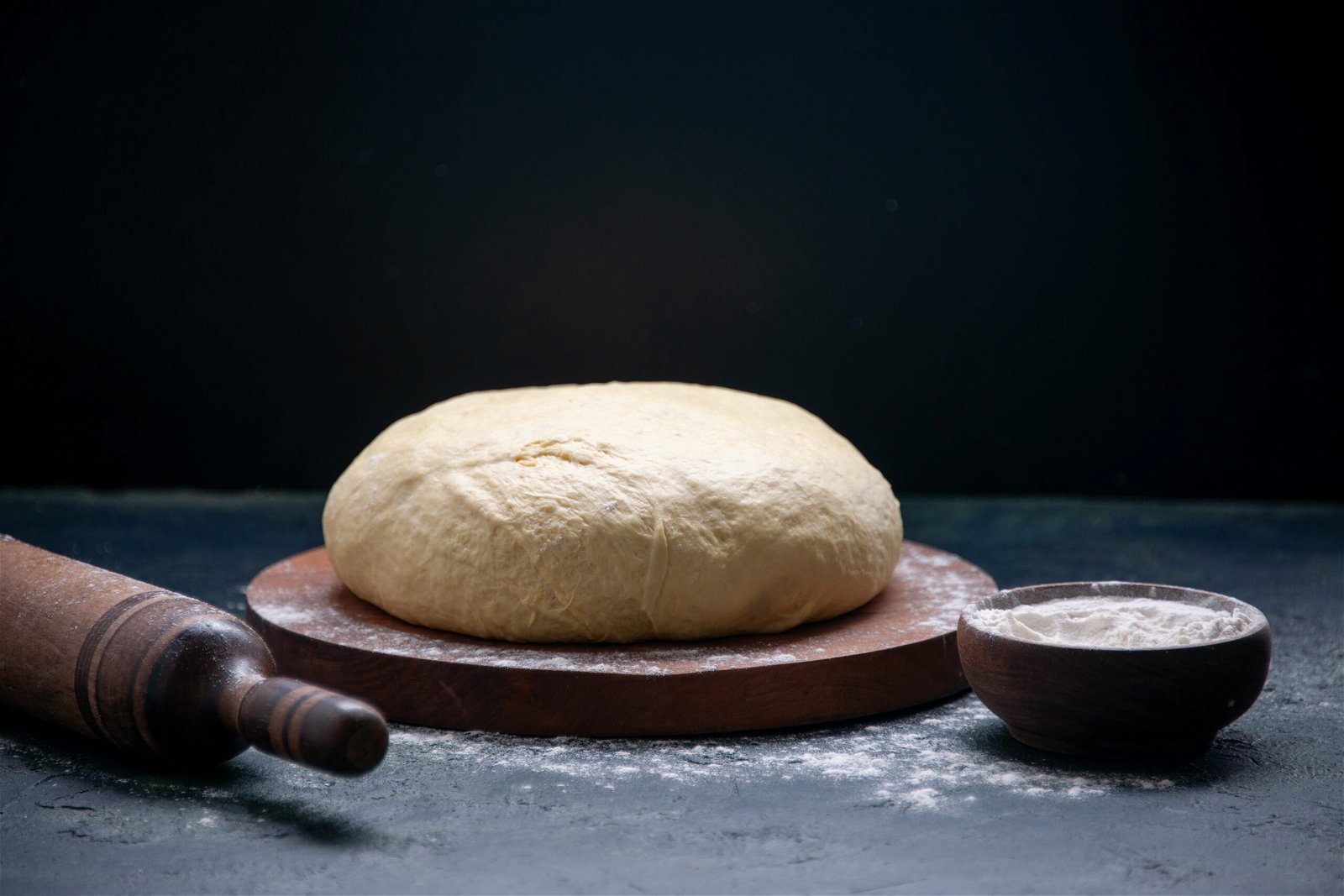Mastering the fermentation of sourdough in warm climates presents unique challenges. The higher temperatures can accelerate the fermentation process, often leading to over-proofed dough if not carefully managed.
This article will guide you through the nuances of successfully fermenting sourdough in warm climates, ensuring that each loaf retains its desired texture and flavor.
Table of Content
Adjusting Sourdough Starter Maintenance in Warm Climates
The key to successful fermentation of sourdough in warm climates lies in the maintenance of the sourdough starter. In warmer temperatures, the starter will ferment faster and may require more frequent feedings to keep it active and healthy.
Adjusting the feeding ratio to a lower hydration level can also help slow down the fermentation process, making the starter more manageable in a warm climate.
Controlling Dough Fermentation in High Temperatures
Effective control of dough fermentation is crucial when working with sourdough in warm climates. Techniques such as reducing the initial water temperature, using cooler water during mixing, and shortening the bulk fermentation time can prevent over-proofing.
Additionally, refrigerating the dough during the final proofing stage can slow down the yeast activity, allowing for better flavor development without risking over-fermentation.
Choosing the Right Flour and Hydration for Warm Climates
Selecting appropriate flour and adjusting hydration levels are essential in mastering the fermentation of sourdough in warm climates. Flours with higher protein content can better withstand the rigors of a faster fermentation process.
Similarly, tweaking the hydration level of your dough can compensate for the quicker absorption of water in warmer temperatures, ensuring the dough maintains its structure and doesn’t become overly sticky or slack.
Concluding Insights on Warm Climate Sourdough Baking
While fermenting sourdough in warm climates can be challenging, understanding these key adjustments can turn this challenge into a rewarding baking experience. By mastering these techniques, you can ensure your sourdough bread is always flavorful and has the perfect texture, regardless of the climate.
For those looking to delve deeper into the art of sourdough baking, especially in warmer climates, our website offers invaluable resources and high-quality ingredients.
Visit The Sourdough Science to explore more tips, recipes, and expert advice. Join our community and discover the joy of baking sourdough, tailored to any climate. Let’s embark on this flavorful journey together.






